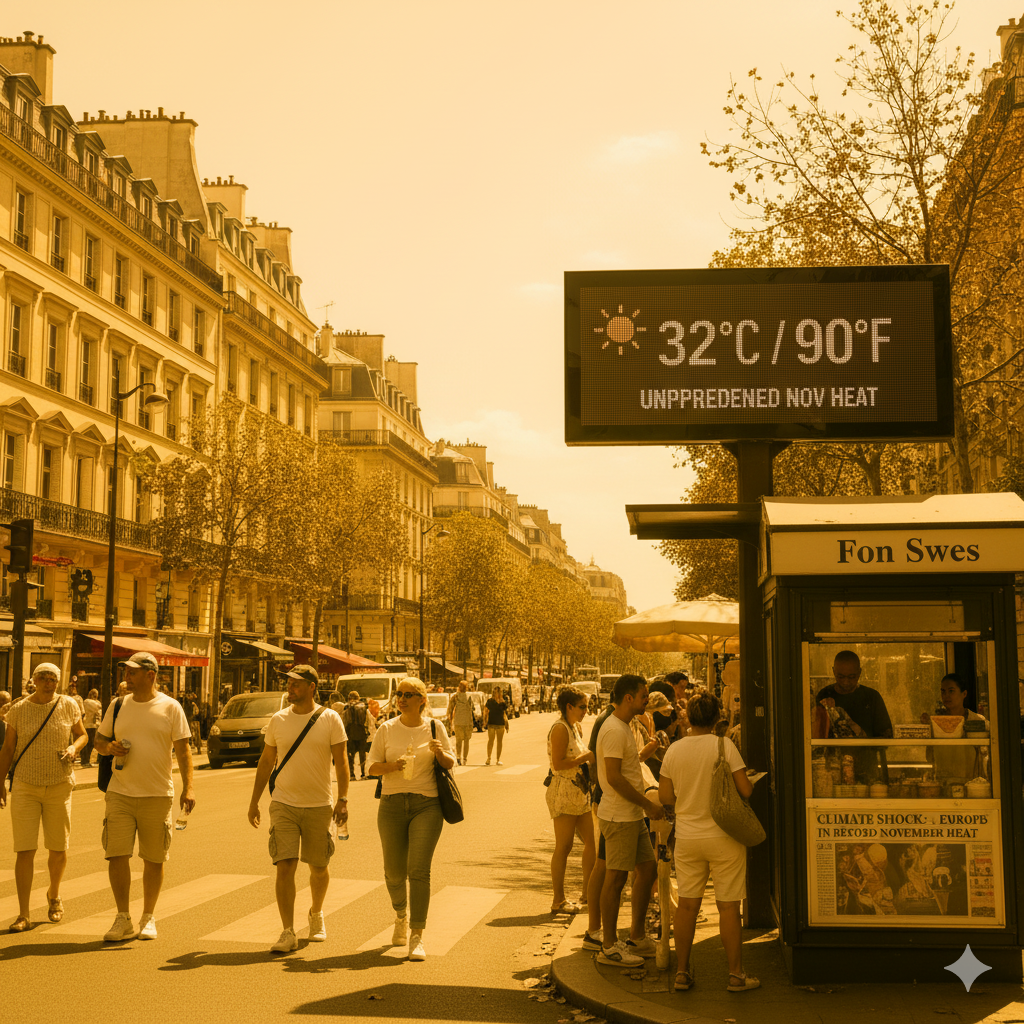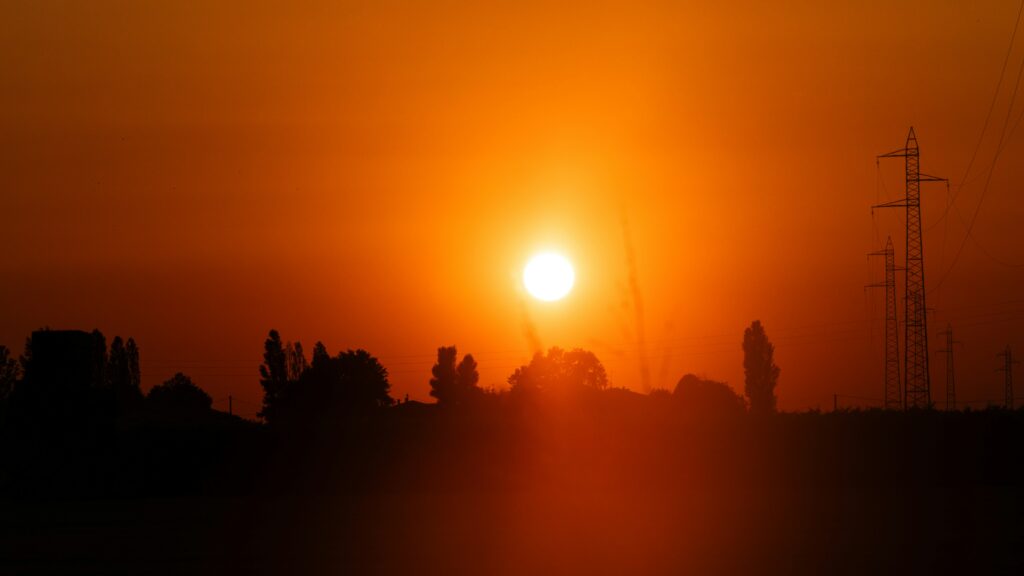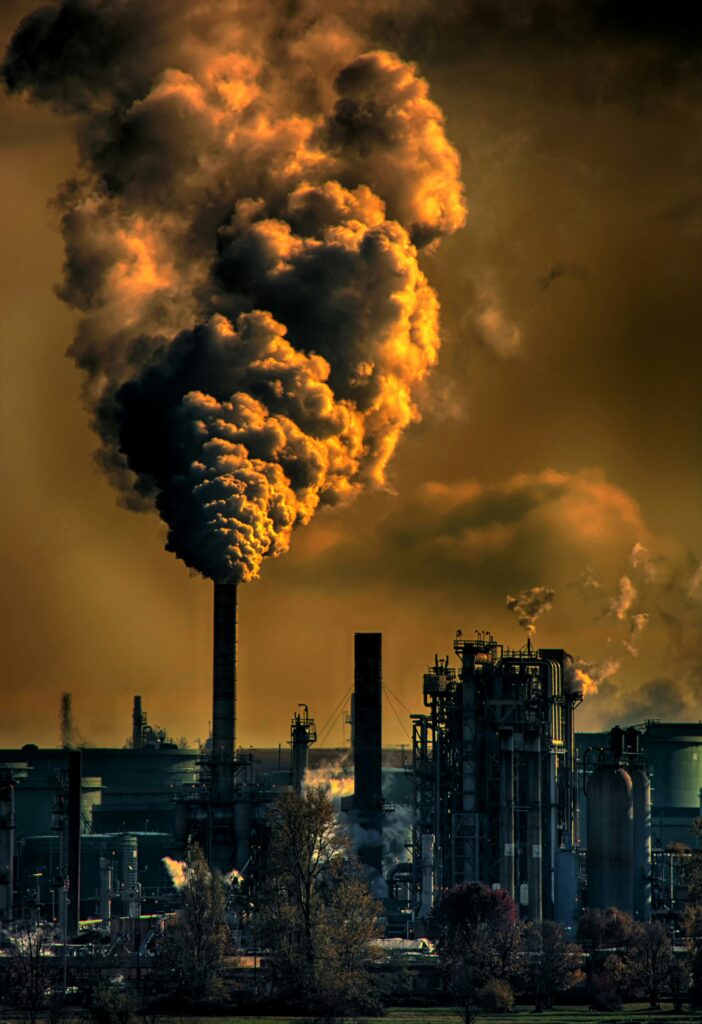ntroduction: Climate Shock Grips Europe With Unprecedented November Heat
Climate shock has swept across Europe, setting an extraordinary precedent for autumn weather. Meteorologists, climate scientists, and concerned citizens were left reeling as November brought soaring heat—unlike any experienced in living memory—to countries including Spain, France, and Italy. Temperatures have skyrocketed past 30°C (86°F) in multiple regions, shattering century-old records and prompting urgent discussions among climate experts about the escalating effects of global warming.
This article investigates the magnitude of this climate shock, the scientific factors driving these extreme conditions, the local and continental impacts, and what this historic heat portends for Europe’s environmental and economic future.

Table of Contents
- The Heatwave: Breaking Down the Numbers
- Why Is Europe Facing This Climate Shock?
- Regional Impacts: Spain, France, and Italy in the Hot Seat
- Voices from the Frontlines: Scientists & Citizens React
- Climate Shock in Historical Context: Warmest Autumn on Record
- The Domino Effect: Environmental, Economic, and Health Consequences
- The Role of Global Warming in Europe’s Weather
- Can We Prevent Future Climate Shocks?
- Calls for Urgent Climate Action
- Frequently Asked Questions (FAQ)
- References & External Sources
The Heatwave: Breaking Down the Numbers
November, traditionally known for its crisp air and gradual lead into winter, was unrecognizable this year across large swathes of Europe. Climate shock is the operative phrase, with unprecedented heat levels:
- Spain: Cities such as Valencia and Seville saw daytime highs over 30°C—temperatures typically reserved for July or August. According to the Spanish meteorological agency AEMET, records tumbled across at least a dozen cities.
- France: Bordeaux, Toulouse, and parts of the Mediterranean coast all experienced abnormal heat, with temperatures peaking above 29°C. Meteo France reported that rural and urban monitoring stations alike were registering readings up to 12°C above the seasonal average.
- Italy: Florence and Rome reported beach weather, while Sicily and Sardinia’s thermometers pushed beyond 31°C. The Italian Meteorological Society noted that November 2023 could become Italy’s warmest in the postwar era.
The World Meteorological Organization (WMO) confirms: “This November is on track to be the warmest ever recorded in Europe, with multiple all-time monthly records set in southern nations” WMO Statement.
Why Is Europe Facing This Climate Shock?
Subheading: Climate Shock and Atmospheric Dynamics
Meteorologists attribute the climate shock to an unusual combination of persistent high-pressure systems over Western and Southern Europe, funneling warm air from North Africa into the continent. This weather pattern, sometimes called a “heat dome,” traps warm air and exacerbates temperature spikes.

Key drivers behind this climate shock include:
- Jet Stream Disruption: Wobbles in the jet stream, tied to Arctic warming, have led to stagnant weather patterns.
- Diminished Atlantic Storms: Fewer rain-bearing Atlantic systems have reached the continent, reducing cooling and moisture.
- Feedback Loops: Drought-scorched soils absorb less solar energy, further accelerating temperature increases.
Climate scientists are clear: while anomalous heatwaves have historical precedent, the intensity, frequency, and duration of these modern events are closely linked to anthropogenic climate change.
Regional Impacts: Spain, France, and Italy in the Hot Seat
Spain: Harvests Under Threat
For Spain, the climate shock has escalated concerns over agriculture. The Spanish Olive Oil Interprofessional reports that rising temperatures and continued drought have resulted in poor olive yields, driving up global prices (Reuters). Similar stories emerge from winemakers and growers of key staples.
France: Energy Demand and Health Warnings
France’s extensive use of nuclear energy for heating has meant less stress on fossil fuel networks, but public health authorities warn that the elderly and vulnerable face increased risks from unseasonal heat. In Bordeaux, local governments issued advisories, urging citizens to hydrate and minimize outdoor activity at peak temperatures.
Italy: Extended Beach Season and Anxiety
Italy’s coastal towns welcomed an uptick in tourism as families flocked to beaches in early November. However, agricultural unions and environmental groups warned that crops are suffering, river levels are abnormally low, and wildfire risks persist (ANSA).
Voices from the Frontlines: Scientists & Citizens React
Scientists’ Alarm
Dr. Friederike Otto, a leading climate scientist at Imperial College London, remarked, “Every fraction of a degree warmer increases the likelihood of extreme, disruptive events. Europe’s November heat should be a wake-up call for urgent global action.” (BBC)
Local Experiences
Social media teemed with first-hand accounts: photos of children swimming in the Mediterranean; farmers surveying dry, cracked fields; city-dwellers decrying overheated apartments. Tags like #ClimateCrisis and #GlobalWarming trended across Europe.

Climate Shock in Historical Context: Warmest Autumn on Record
Subheading: Climate Shock Sets New Records
According to the Copernicus Climate Change Service, autumn 2023 is set to surpass 2006 and 2022 as Europe’s warmest season ever electronically recorded (Copernicus). Analysis of temperature data reveals that the pace and magnitude of change are outstripping scientists’ models.
- Monthly Temperature Averages: November 2023 saw average temperatures up to 5°C higher than 30-year normals in affected regions.
- Duration of Heat Events: Heatwaves now persist for days or even weeks, a trend once rare in autumn.
The Domino Effect: Environmental, Economic, and Health Consequences
Environmental Damage
- Drought and Water Scarcity: Rivers—including France’s Loire and Spain’s Guadalquivir—are running at record lows, threatening drinking water and hydroelectric supplies.
- Forest Fires: Warm, dry conditions have extended European wildfire seasons; Italy and Spain reported significant blazes this autumn.
- Biodiversity Risks: Disrupted migration patterns and season shifts endanger birds, insects, and native plants.
Economic Strain
- Agriculture: Yields of olives, grapes, and cereals are declining, raising food prices and impacting exports.
- Tourism: While some benefit from late-season beach visits, ski resorts and winter sport industries are bracing for devastating losses.
- Energy Grid: Fluctuating demand for cooling and heating stresses national grids and complicates decarbonization strategies.
Public Health
- Heat-Related Illnesses: Hospitals, particularly in southern France and Spain, reported a spike in heat stroke and dehydration among vulnerable populations.
- Vector-Borne Diseases: Extended warmth enables longer breeding seasons for mosquitoes and ticks, raising fears of West Nile and Lyme disease outbreaks.

The Role of Global Warming in Europe’s Weather
How Climate Shock Reflects Global Warming Trends
Multiple peer-reviewed studies confirm that climate shock events like Europe’s November heat are not isolated. Instead, they form part of a pattern strongly tied to anthropogenic CO₂ emissions (IPCC).
- Temperature Rise: Europe is warming at roughly twice the global average rate.
- More Frequent Extremes: The frequency and severity of heatwaves continue to increase in Europe faster than on any other continent.
Dr. Sonia Seneviratne, a prominent climate researcher, says: “We are no longer in an era of ‘normal’ weather. Countries must adapt—fast—to these new extremes.” (The Conversation)
Can We Prevent Future Climate Shocks?
Subheading: Adaptation and Mitigation in Policy and Practice
Europe’s governments, businesses, and communities face an urgent trail of decisions. Preventing future climate shock scenarios will require deep, rapid, and coordinated decarbonization. This includes:

- Renewable Energy Scale-Up: Solar, wind, and geothermal investments must accelerate.
- Urban Cooling: Cities need more green spaces, heat-resistant infrastructure, and smart grids.
- Climate-Resilient Agriculture: Breeding heat

